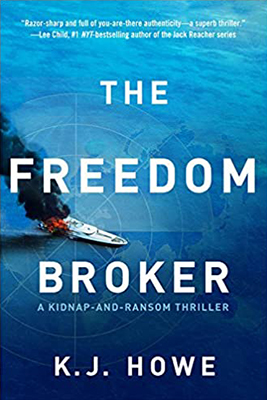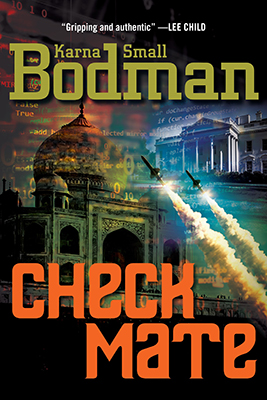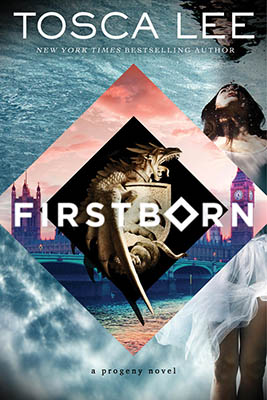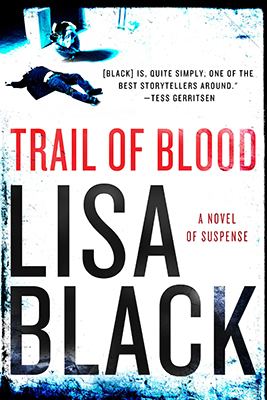When I traveled to Budapest in January 2018, I’d visited the statue of Imre Nagy myself. The lone bronze figure on a little bronze bridge graces thousands of postcards, and still more Instagram posts.
But the statue wasn’t just a popular stop on the Budapest tourist trail; it was one of the city’s most iconic reminders of Hungary’s long struggle for freedom. The statue’s design ingeniously drew tourists into the action. Struggling across the extremely slippery bronze bridge toward Parliament, the visitor briefly joins Nagy on his difficult journey. I slipped on the ruts designed to resemble Soviet tank treads, and left with a souvenir bruise.
But by the time dawn broke on December 28, 2018, the statue of Imre Nagy had vanished.
Who was Imre Nagy? And why would the Hungarian government order his statue to be spirited away in the dead of night?
Soviet tanks roll into Budapest, 1956 (Image credit: CIA / Wikimedia Commons)
From Soviet Spy to Reforming Rebel
Be Careful What You Wish (or Propagandize) For
By 1956, the United States had spent years urging the Hungarians to resist Soviet oppression and stand up for their freedom. The CIA covertly funded rousing Radio Free Europe broadcasts. Hot air balloons scattered hundreds of thousands of US government-sponsored leaflets scattered over the Hungarian countryside. Buoyed by all this propaganda, many Hungarian rebels believed the west would support them.
But American help never came. Understandably, the U.S. dared not send an army, and spark a third World War. But the American failure to even seriously attempt to advocate for partial Hungarian independence, or engage the Soviets diplomatically on Hungary’s behalf, was a crushing disappointment for millions of Hungarians.
Without American help, the rebellion didn’t even last a month. Soviet tanks rolled down the cobbled streets of Budapest. Prime Minster Nagy was hauled out of the Yugoslav Embassy in Budapest, where he had taken asylum, convicted of treason, and sentenced to death. Nagy was hanged, and his body buried under a false name.
The Strange Afterlife of Imre Nagy
“On June 16, 1989, more than 100,000 Hungarians attended a public reburial of Mr. Nagy, a historic event that signified the end of Soviet oppression in Hungary. A young Mr. [Viktor] Orban delivered a speech that propelled him onto the national political stage.” (Source)
Mafia State?
These days, Orban likes to boast that his Hungary is an “illiberal democracy.” His government has outlawed homelessness, ferociously cracked down on migrants, squeezed Hungary’s free press, and grown conspicuously cozy with Putin. State-led corruption and intimidation are so pervasive that Hungarian sociologist and former politician Balint Magyar has dubbed Orban’s Hungary a “mafia state.”
Hungary’s democracy is tottering. Russian influence in Budapest is surging to levels not seen for decades. And the statue of Imre Nagy had become an unwelcome reminder of a struggle for freedom that still holds a special place in the hearts of many Hungarians.
Swapping a Reformer for a Nazi Sympathizer
Orban, who had once celebrated Nagy as a hero, now appears to be resurrecting the memory of Miklos Horthy, the much-reviled leader who allied Hungary with the Nazis during World War II. The New York Times reports,
“The statue of Mr. Nagy […]is expected to be moved and replaced with a memorial to the victims of the Red Terror, a purge of anti-communist forces in 1919 […] originally erected under the regency of Admiral Miklos Horthy.”
History Rhyming
Watching Hungarian political Twitter fizz with justified outrage over the removal of the Nagy statue, I had an uncanny sense of deja-vu.
For a new story project, I’d spent the previous week gorging on 1950s diplomatic cables, newspaper reports, and everything I could find about Radio Free Europe. The stories were heartbreaking. Worst of all was the American inaction. We had spoken up for human rights and civil liberties — and then gone silent when it mattered most.
Fritz Hier, a Radio Free Europe employee who traveled into Hungary at the height of the 1956 revolution,would remember “embarassment [sic] piled on embarassment at the lack of a single American” distributing much-needed food or blood at the Austro-Hungarian border. In his journal, Hier wrote, “Where is our aid?…I must turn away from people…when asked this question.”
A statue is only a lump of bronze. But the vanishing of Imre Nagy is a powerful symbol of Hungary’s deteriorating democracy and realignment with Russia. Orban’s government recently drove an American-accredited university, one of Hungary’s finest, out of the country, sparking international outrage. The university was founded by George Soros, Orban’s bugbear and a focus of resurgent Hungarian antisemitism.
Current U.S. Ambassador to Hungary and Trump political appointee David B. Cornstein offered a less-than-inspiring response, according to the Washington Post:
“Cornstein declined to directly criticize Orban — whom he described as his “friend” — and instead blamed Soros for not cultivating better relations with the prime minister.
He compared the university’s situation to his experience owning jewelry shops within a department store.
“I was a guest in another guy’s store,” he said. “The university is in another country. It would pay to work with the government.” (source)
Turkey has demonstrated how deeply — and quickly — even a NATO ally like Hungary can slide toward autocracy. More than half a century later, the American silence in Hungary is eerily familiar.




















































I was a child during the Hungarian Revolution and still remember my mother watching the reports on television in Iowa. The behind-the-scenes political decisions were invisible to the U.S. public. She was shocked and afraid, and it was no surprise that Cold War fear rose and the Soviet Union's cachet as a nuclear Great Power increased. Today watching Russia use intimidation, violence, propaganda, and financial rewards and punishment to bind to itself its former Cold War buffer nations is fascinating, and horrifying. The events in Hungary are a very good example of the drip, drip, drip of loss of freedom and rights. Thanks, August, for a first-rate and important post.
It's so interesting to hear about that memory, Gayle. I've been trying to imagine what it must have been like to watch the 1956 revolution unfold in real time — and I bet it WAS frightening, even as far away as Iowa, with WWII still so fresh in everyone's memory. Thank you!
I grew up in the sixties, so all this stuff was in the shadows, but it's interesting to read about it. I did grow up with a fear of Russia, cold war, and drills in school for in case we were bombed.
This was a fascinating look into history and how it's being revisited–and replayed–today. I have not had the chance to visit the statue but removing it and driving out a university seems to send a negative message. I hope the country recovers its equilibrium and thank you for this interesting post.
Very interesting. It amazed me how one of the most visited monuments in Kiev is the "friendship of nations" monument celebrating the friendship of Russia and Ukraine during the Soviet Union era. We were there in 2015, shortly after Russia invaded Crimea.